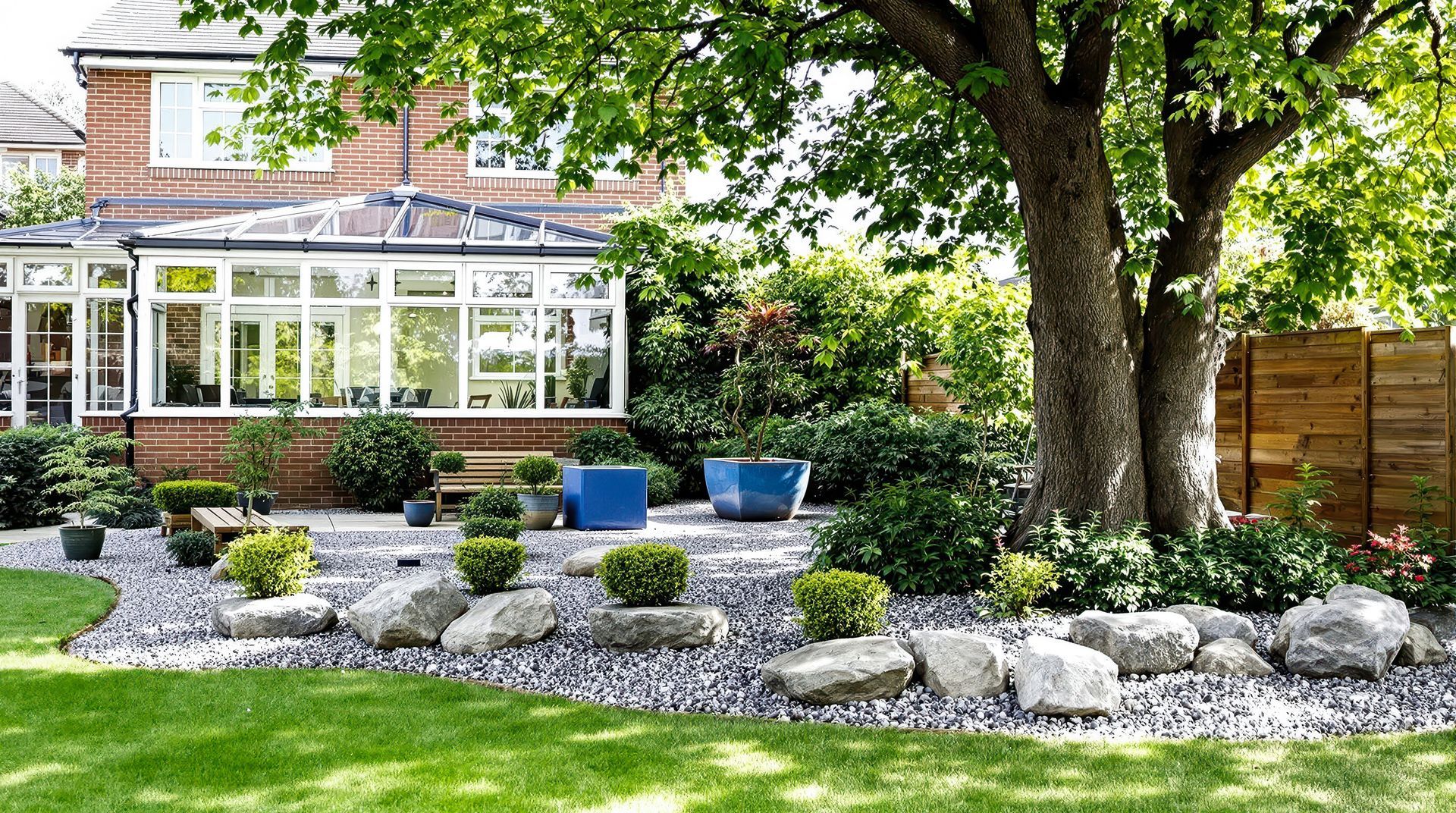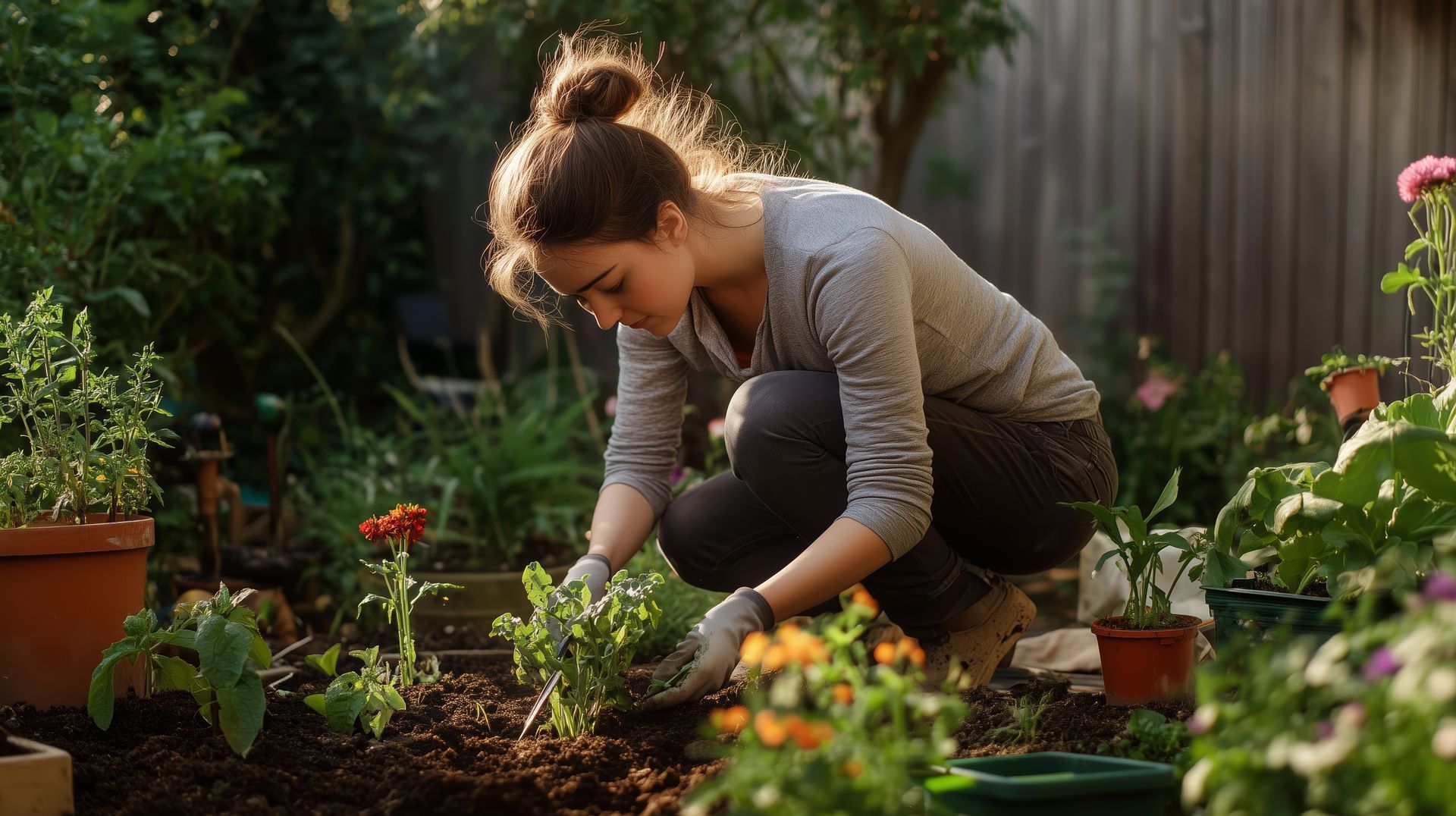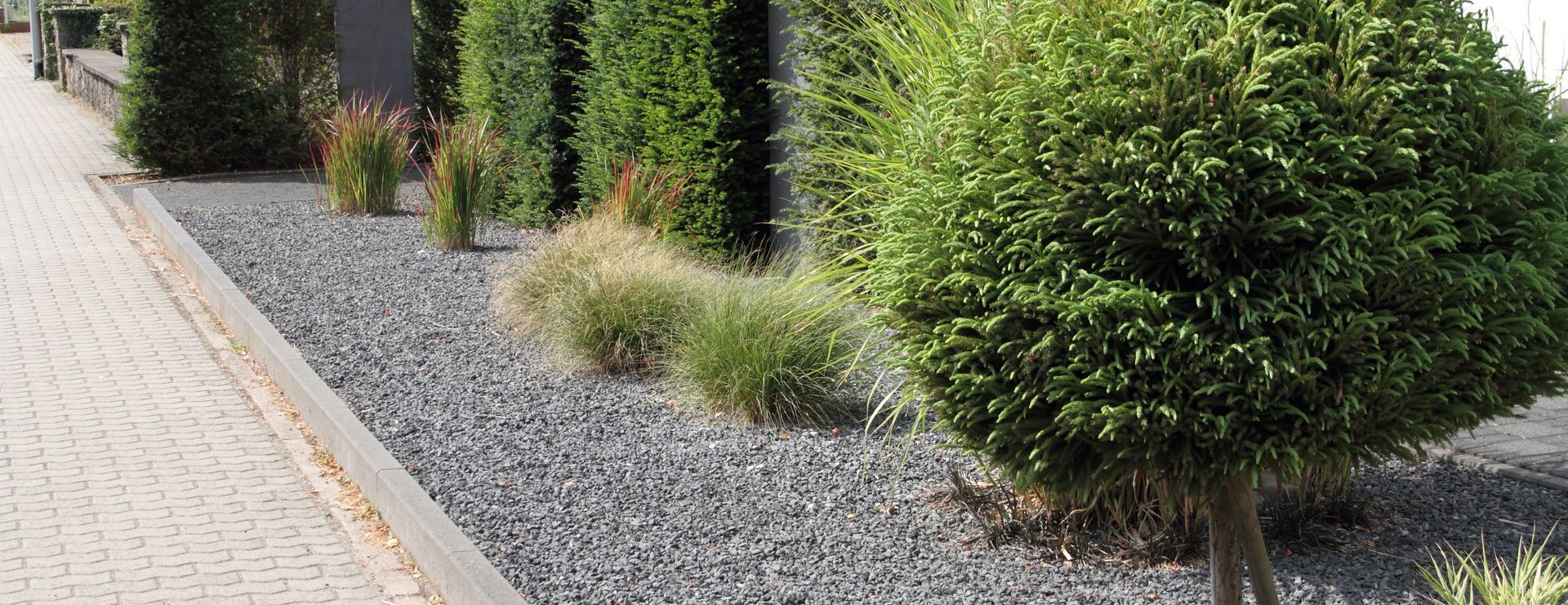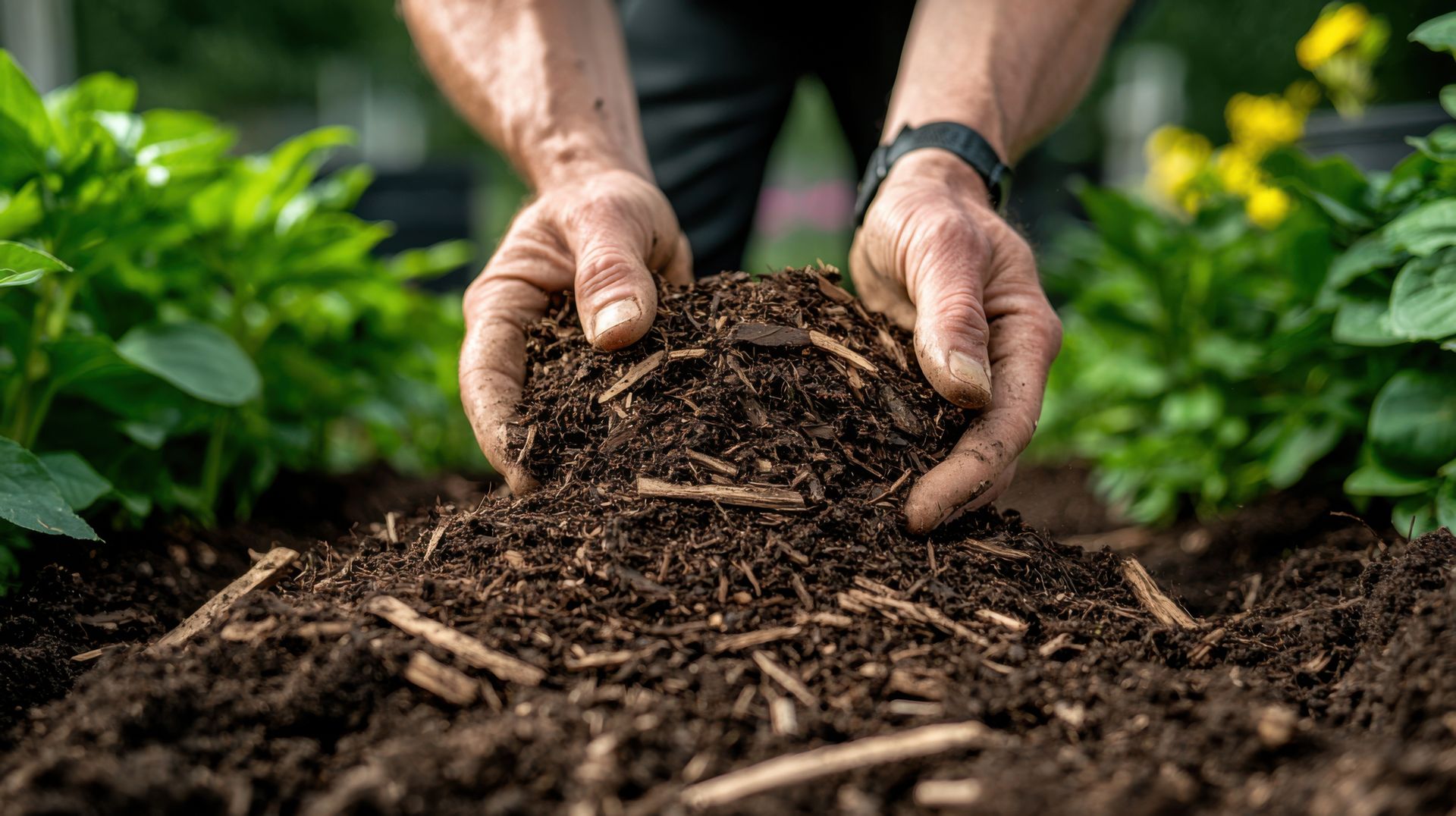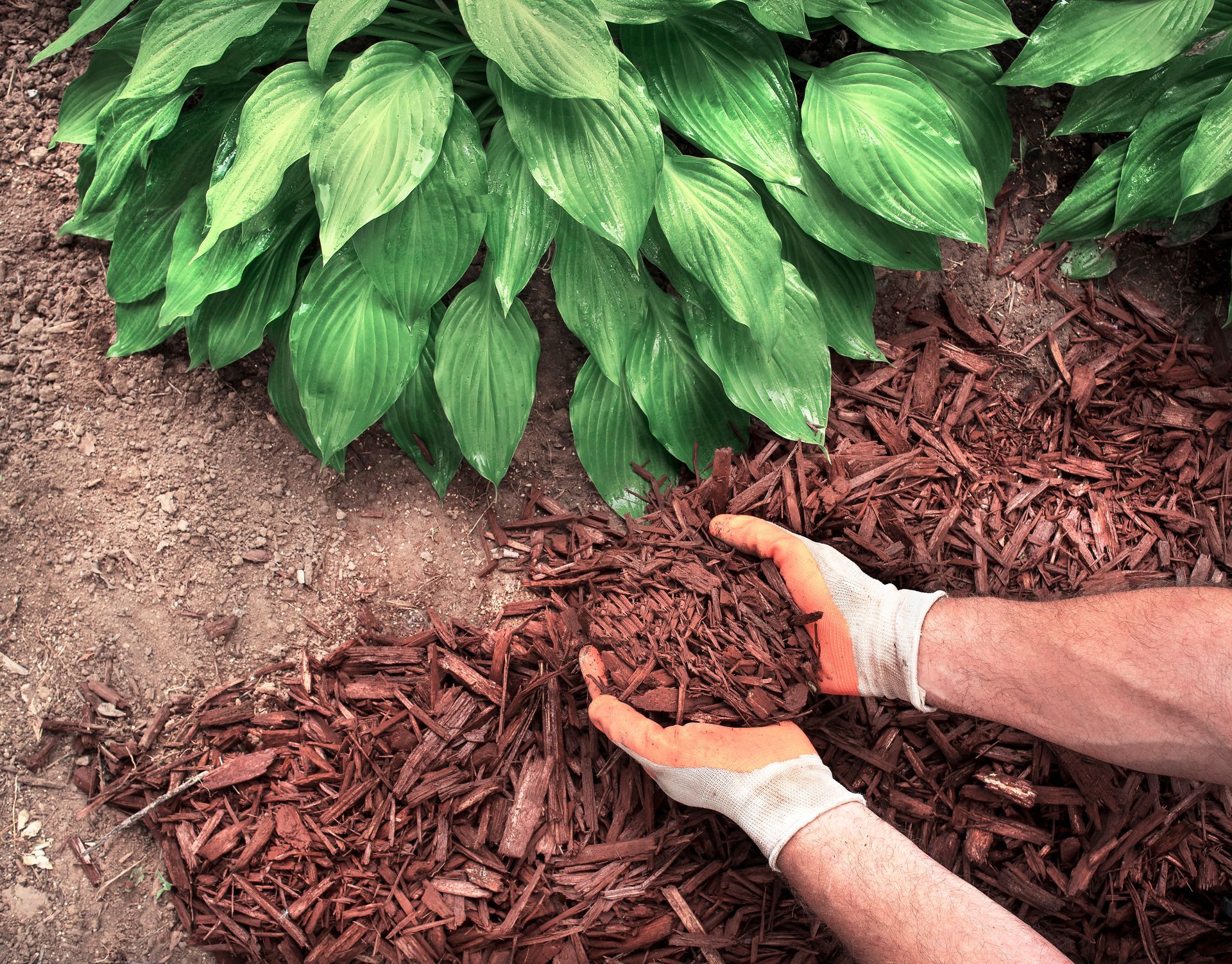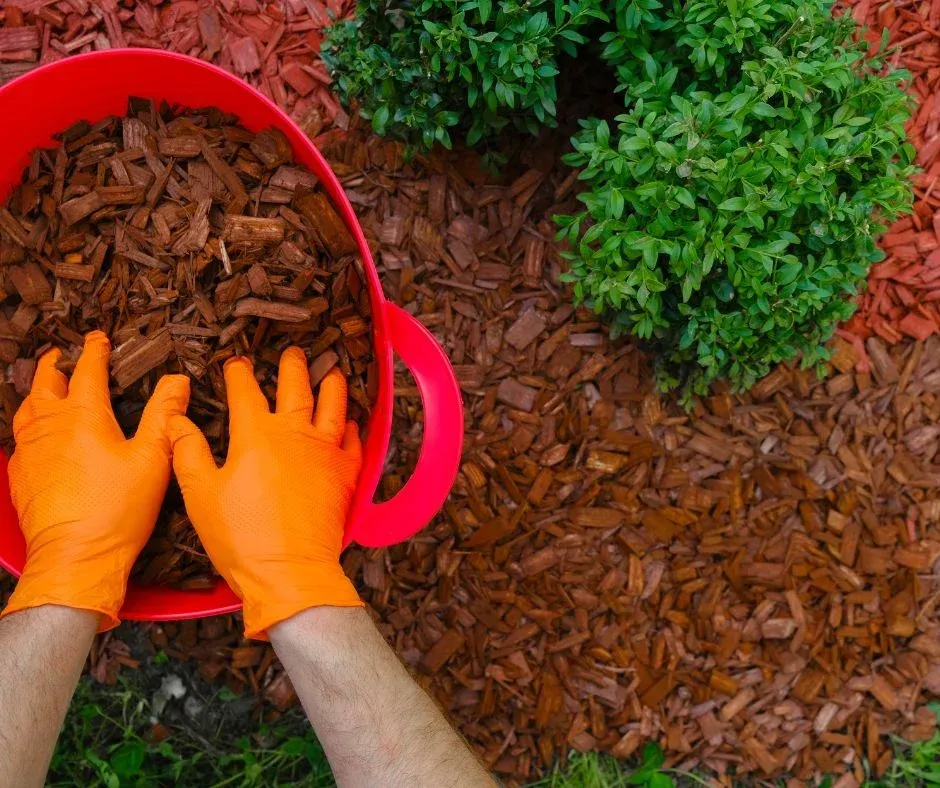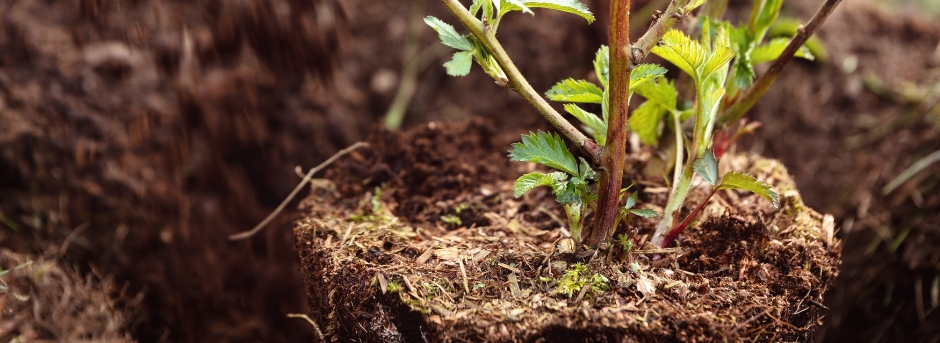How to Properly Apply Mulch for Optimal Results
Mulching is one of the most effective ways to improve the health and appearance of your garden, but to get the best results, it's essential to apply mulch correctly. In this blog post, we'll provide a step-by-step guide to mulching and highlight some common mistakes to avoid, ensuring your garden thrives.
Step-by-Step Guide to Mulching
Step 1: Choose the Right Mulch
The first step to successful mulching is selecting the right mulch for your garden. Consider the following factors:
- Purpose: Determine whether you need mulch for moisture retention, weed control, aesthetic appeal, or a combination.
- Type: Organic mulches (like wood chips, bark, straw, or compost) are great for improving soil health, while inorganic mulches (such as gravel, stones, or landscape fabric) are ideal for long-term weed control and areas with heavy foot traffic.
Step 2: Prepare the Area
Before applying mulch, it's crucial to prepare the area properly:
- Weed Removal: Remove any existing weeds by hand or with a hoe. Applying mulch over weeds will be less effective, as some resilient weeds can push through the mulch layer.
- Soil Preparation: Loosen the soil with a rake or garden fork, and, if needed, add compost or other soil amendments to improve soil quality.
- Edging: Use an edging tool or spade to create a clear edge around the mulching area. This helps keep the mulch contained and prevents it from spilling into unwanted areas.
Step 3: Apply the Mulch
Once the area is prepared, it's time to apply the mulch:
- Layer Thickness: Spread mulch evenly over the soil surface. A layer of 2-4 inches is generally recommended. Thicker layers are suitable for weed control, but avoid going overboard as too much mulch can suffocate plant roots.
- Avoid Mulch Volcanoes: When mulching around trees and shrubs, avoid piling the mulch up against the base of the plant (a practice known as creating "mulch volcanoes"). Instead, keep the mulch 2-3 inches away from the trunk or stem to prevent moisture buildup and rot.
- Smooth and Level: Use a rake or your hands to smooth and level the mulch, ensuring even coverage. This helps create a uniform appearance and prevents water from pooling in certain areas.
Step 4: Water the Mulch
After applying the mulch, water it thoroughly to help it settle into place. This also helps to start the decomposition process for organic mulches and reduces the risk of mulch blowing away in windy conditions.
Step 5: Maintain the Mulch
To keep your mulch effective, regular maintenance is key:
- Replenish as Needed: Organic mulch will break down over time, so you'll need to add a fresh layer every year or as needed to maintain the desired thickness.
- Inspect for Pests: While mulch is generally beneficial, it can sometimes attract pests like termites or rodents. Check your mulch periodically and address any pest issues promptly.
- Fluff the Mulch: Mulch can become compacted over time. Fluffing it with a rake or garden fork helps improve air circulation and maintain its effectiveness.
Common Mistakes to Avoid When Applying Mulch
To ensure your mulching efforts are successful, avoid these common mistakes:
- Using the Wrong Type of Mulch: Not all mulch is created equal. Using the wrong type for your garden needs can lead to poor results. For example, using fine mulch in a windy area can result in it being blown away, while coarse mulch may not retain adequate moisture for delicate plants.
- Applying Too Much Mulch: While a thick layer of mulch can effectively control weeds, too much can suffocate plant roots, leading to poor growth or even plant death. Stick to the recommended 2-4 inches.
- Mulch Volcanoes: Piling mulch against tree trunks or plant stems can lead to moisture buildup and rot. Always leave space around the base of plants.
- Ignoring Soil Preparation: Mulching over compacted or poor-quality soil will not yield the best results. Prepare your soil before applying mulch.
- Neglecting Maintenance: Mulch needs to be maintained to stay effective. Failing to replenish or fluff mulch can reduce its benefits over time.
Conclusion
Applying mulch properly is key to maximizing its benefits in your garden. By following this step-by-step guide and avoiding common mistakes, you can enhance the health and appearance of your plants while reducing maintenance and water usage. Whether you're using mulch to retain moisture, control weeds, or improve soil health, applying it correctly will ensure your garden thrives for future seasons.
